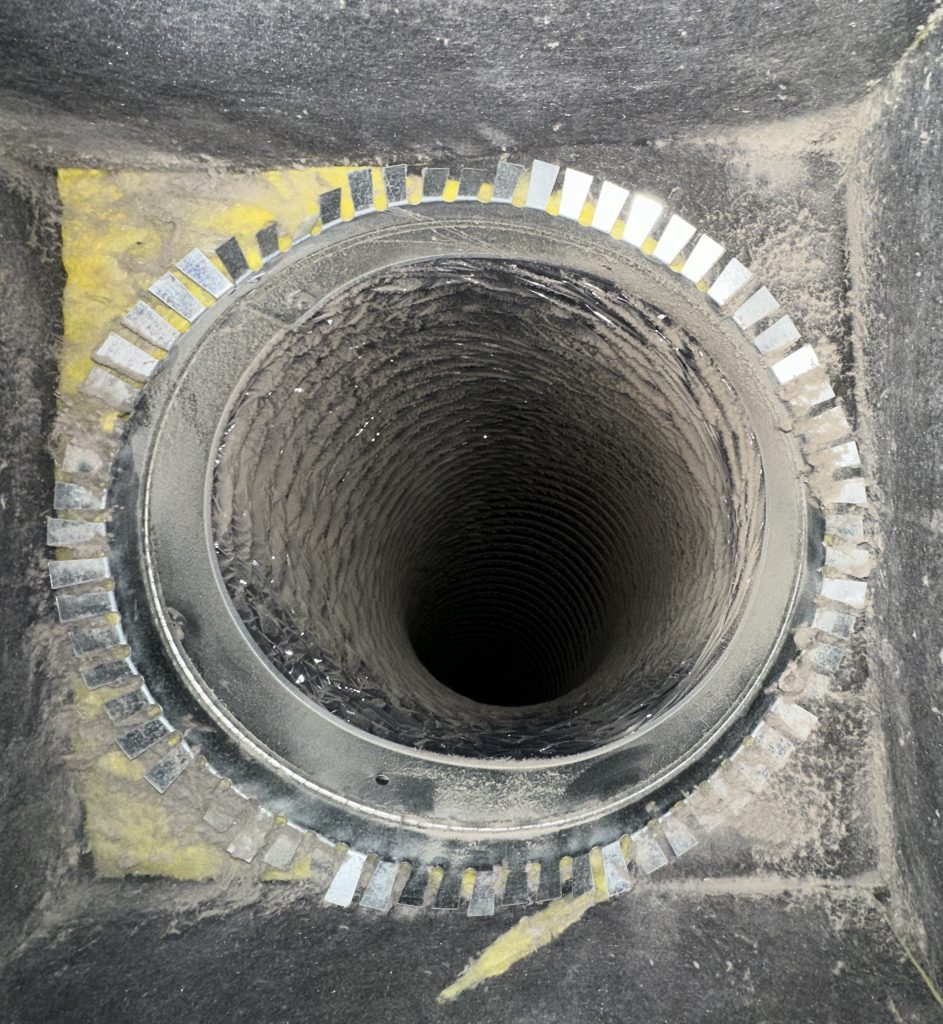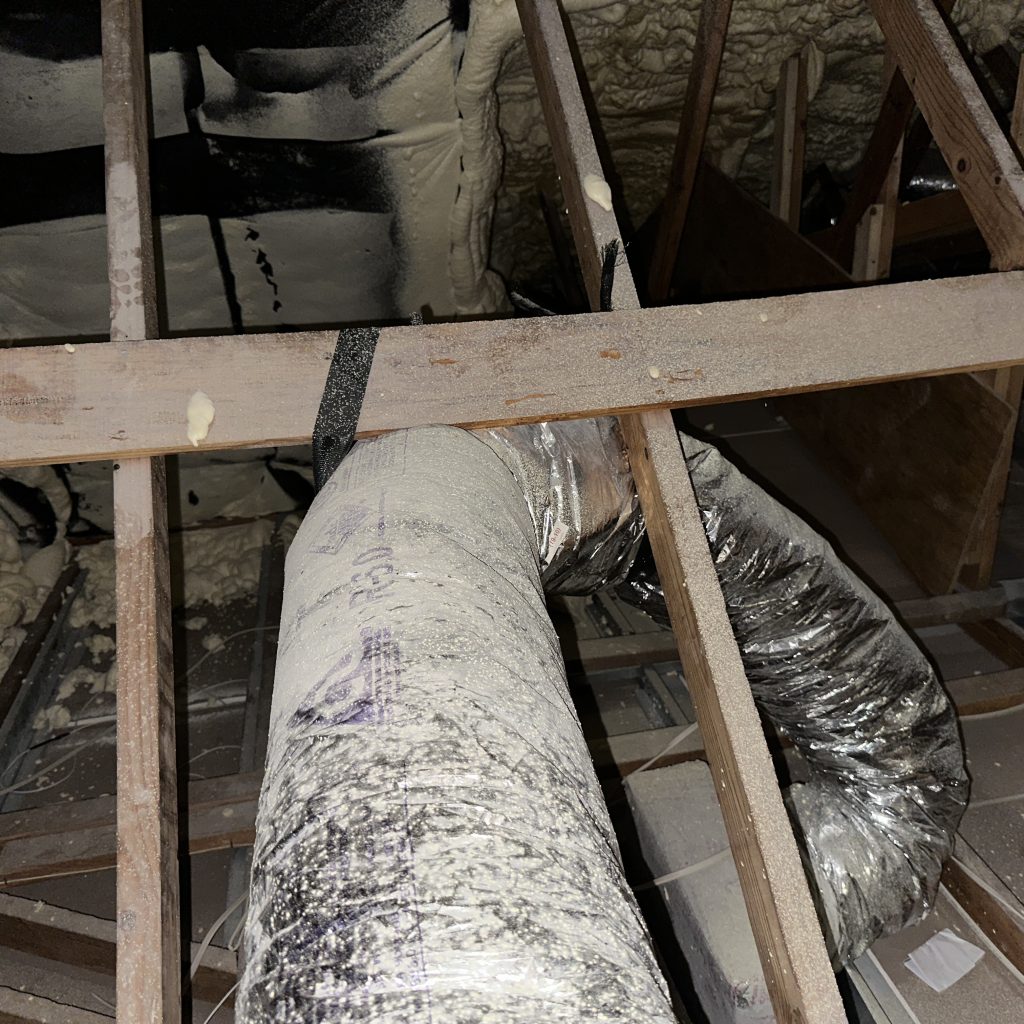Indoor Air Quality: A Trending Health Concern
In the wake of the pandemic, many people have embraced a more holistic approach to health. It’s not just about the food we eat or the workout routines we have anymore. We’re looking for ways to optimize our health even in the smallest details of our daily lives. This new focus has brought our attention inward, towards the very place where we spend a significant amount of time – our homes.
This is where indoor air quality (IAQ) comes into play. We’re starting to ask questions about the air we breathe in our walls. Imagine this: you’ve got a fantastic health routine – nutritious meals, regular exercise, and mindfulness practices. But what if, unknowingly, your home environment is holding you back? Dust, allergens, mold, and even chemicals from building materials can get overlooked, impacting your indoor air quality (IAQ) and potentially affecting your health. The good news is, you can take control! By focusing on your IAQ, you’re creating a cleaner living space and actively creating healthier you.
5 Most Common Indoor Air Quality Issues
Modern homes can harbor a variety of elements that may affect IAQ. Here are some of the most common factors to consider:
Mold Growth:

Mold thrives in damp environments and can linger inside walls, furniture, and duct systems. According to the EPA all molds have the possibility of trigger allergenic symptoms like:
- stuffiness
- respiratory irritation
- drowsiness
- headaches
Particulate Matter:

While dust may seem mild and a common constituent in our home air, it also can raise concerns for IAQ issues. When increased levels of small sized solids or liquids become airborne, they have the ability to infiltrate our respiratory system. Many people react differently depending on size and type of particle.
Building Materials and Furnishings:

Certain materials used in construction and furniture, like adhesives containing formaldehyde, can emit volatile organic compounds (VOCs) impacting air quality.
Dirty Duct Systems:
Over time, everyday activities like cooking, cleaning, and even simple breathing contribute to dust, pollen, and dirt accumulation in duct systems potentially triggering allergies and inflammation. Check out our article on “Understanding Mold Growth in Duct Systems: Types and Management” to learn more.
Environmental Factors:
External factors like pollen count and air pollution can infiltrate homes, further impacting IAQ. It is important to have all factors considered and determine if the design of your HVAC system is properly filtering these contaminants in your home.
The Importance of Indoor Air Quality
The exact health effects of some indoor air quality concerns are still under investigation. IAQ varies in every situation and will not affect everyone equally because each body is unique and can be more resilient to certain factors than others. It’s important not to live out of fear but also move in the direction of improving your home’s air quality and a healthier living environment. Click here to learn the importance of indoor air quality assessments.
Improving Indoor Air Quality: Proactive Measures to Consider:
- Consulting an Indoor Air Quality Specialist: A qualified specialist can assess your home’s specific IAQ and provide tailored recommendations.
- Investing in Air Purification Systems: Air purifiers with HEPA filters, ozone generators, and other methods can help remove allergens and dust particles from the air.
- Maintaining Duct Systems: Ensuring adequate airflow and a pristine duct system through your home helps dilute potential pollutants, prevent mold growth and fresher air to breathe. The EPA recommends a routinely duct cleaning every 3-5 years by a licensed HVAC and mold remediator.
- Considering Humidity Control: Humidifiers and dehumidifiers installed in your home can help regulate moisture levels in your home, potentially reducing the risk of mold growth.
- Addressing Material Concerns: If you suspect materials in your home may be off-gassing VOCs, consulting a professional for abatement or remediation may be necessary.
Taking Charge of Your Indoor Air Quality
Prioritizing indoor air quality (IAQ) is a proactive step towards creating a healthier and more comfortable home environment. After all, the air we breathe has a significant impact on our well-being. While some aspects of IAQ are still being researched, there’s clear evidence that a fresh and healthy home environment can bring numerous benefits.
If you suspect issues with your indoor air quality, consider contacting a qualified professional for an assessment. They can identify potential problems and recommend solutions.



